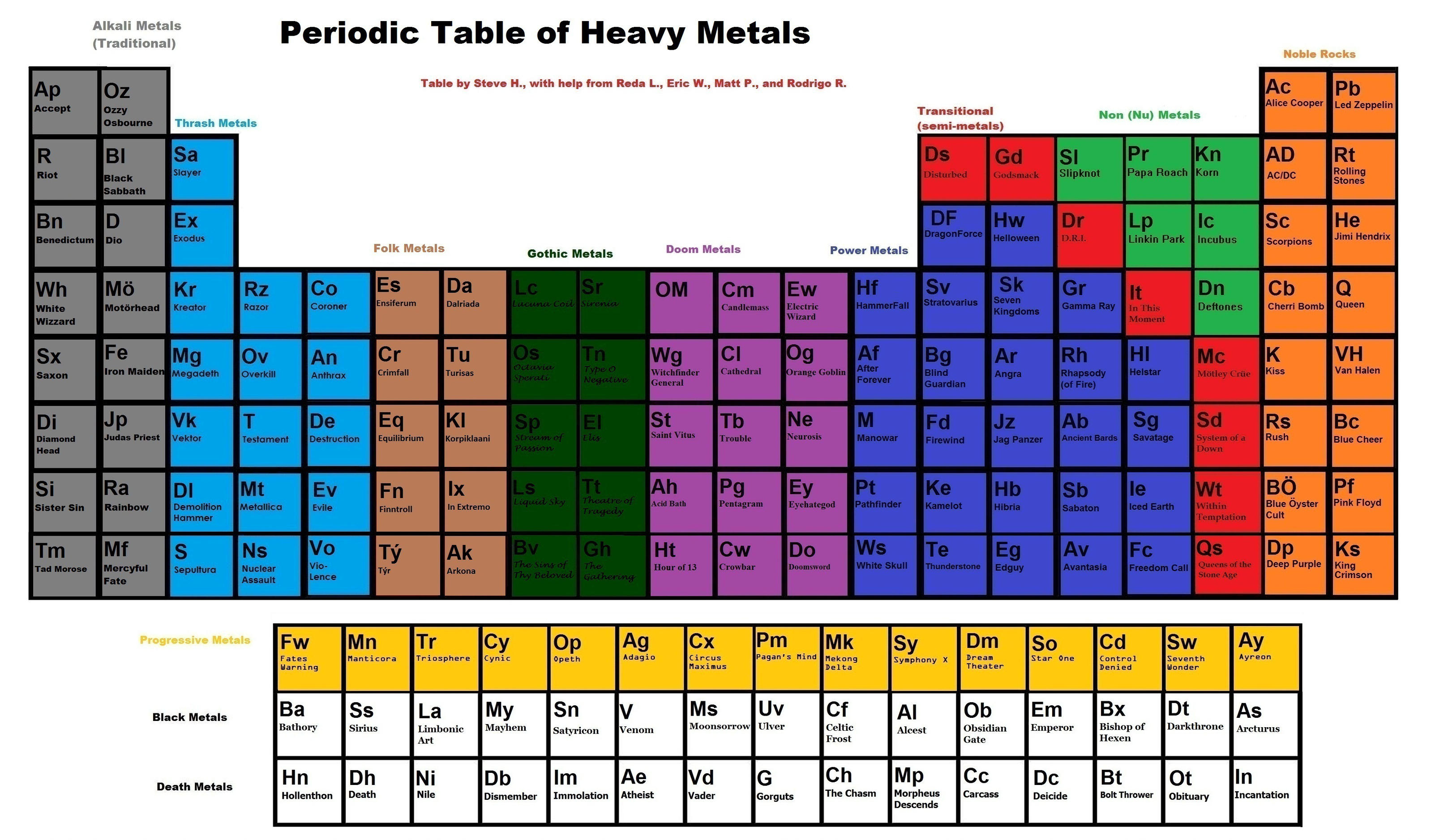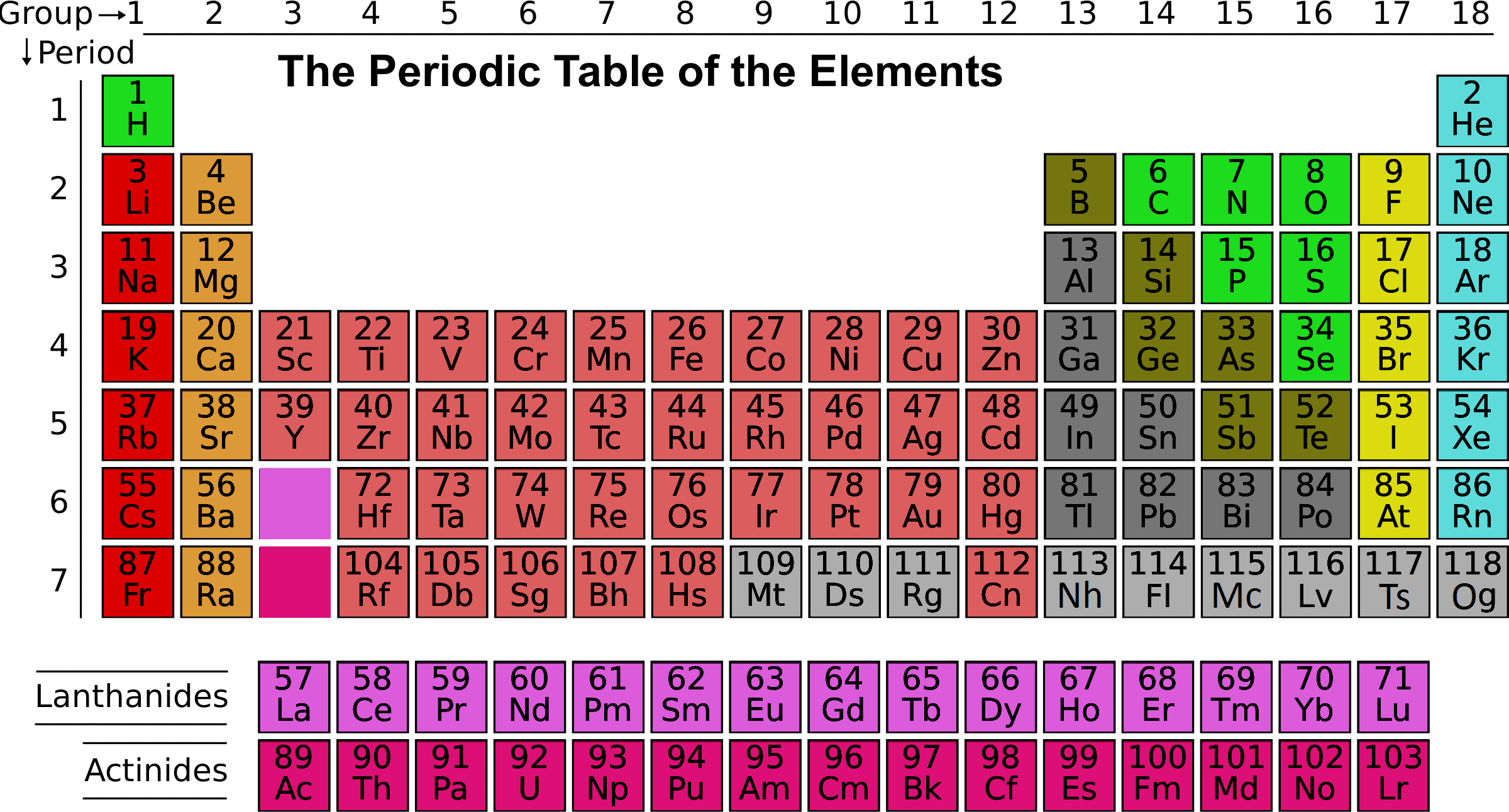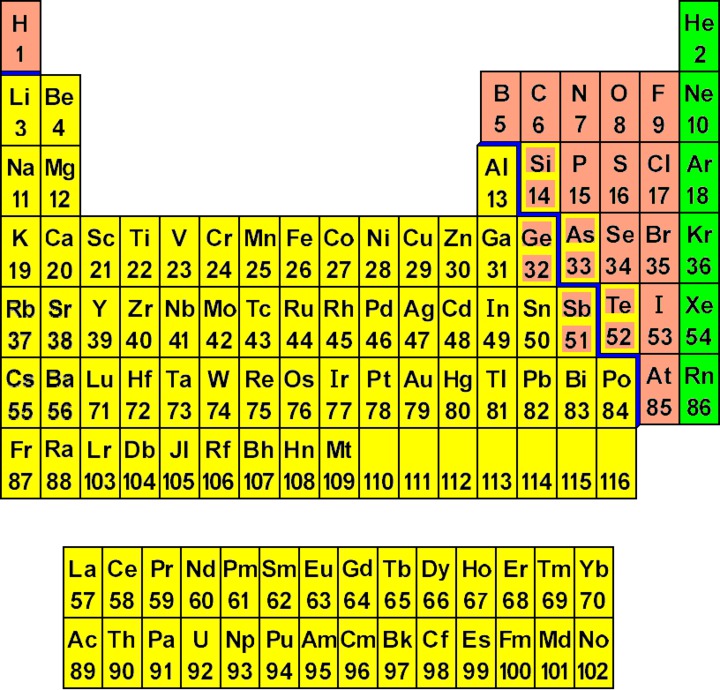


The mass of an atom relative to that of carbon-12. The transition of a substance directly from the solid to the gas phase without passing through a liquid phase.ĭensity is the mass of a substance that would fill 1 cm 3 at room temperature. The temperature at which the liquid–gas phase change occurs. The temperature at which the solid–liquid phase change occurs. The arrangements of electrons above the last (closed shell) noble gas. These blocks are named for the characteristic spectra they produce: sharp (s), principal (p), diffuse (d), and fundamental (f). The atomic number of each element increases by one, reading from left to right.Įlements are organised into blocks by the orbital type in which the outer electrons are found. Members of a group typically have similar properties and electron configurations in their outer shell.Ī horizontal row in the periodic table. ISBN 3110048825.A vertical column in the periodic table. Chemistry of the Non-Metals: With an Introduction to Atomic Structure and Chemical Bonding. The Inorganic Chemistry of the Non-Metals. Introduction to General, Organic, and Biochemistry (11th ed.). They occur in water, food, fabrics, plastics, and other everyday items. In fact, most compounds you encounter contain nonmetals. Industrial acids (carbon, nitrogen, fluorine, phosphorus, sulfur, chlorine).Refrigerants and cryogenics (hydrogen, helium, nitrogen, oxygen, fluorine, neon).Fertilizers (hydrogen, nitrogen, phosphorus, sulfur, chlorine, selenium).Essential for life (carbon, hydrogen, nitrogen, oxygen, sulfur, chlorine, phosphorus).But, they do appear together in certain applications: Unlike the metals, the nonmetals do not have universal applications. gain electrons in reactions (have a negative oxidation state).lower melting point and boiling points (when compared to metals).lower density (when compared to metals).not malleable or ductile, usually brittle.This is a list of the nonmetal elements in order of increasing atomic number. It’s likely oganesson is not a gas at room temperature. The noble gases are helium, neon, argon, krypton, xenon, radon, and oganesson. The noble gases are relatively nonreactive gases found in group 8 (the last column) of the period table. Tennessine might be a halogen or it might be a metalloid. The properties of tennessine are not well-known. The halogens are fluorine, chlorine, bromine, iodine, and astatine. The elements at the top of the group are gases, but they become liquids and solids moving down the group.

Atoms of these elements have the -1 oxidation state. The halogens are nonmetals in group 7 of the periodic table. Hydrogen acts as a nonmetal at normal temperatures and pressure and is generally accepted to be part of the nonmetal group. The nonmetal element group consists of hydrogen, carbon, nitrogen, oxygen, phosphorus, sulfur and selenium. The nonmetal element group is a subset of the nonmetals. These elements have similar chemical properties to each other that distinguish them from the elements that are considered metals. Nonmetals include the nonmetal group, the halogens, and the noble gases. The nonmetal elements occupy the upper right-hand corner of the periodic table.

The highlighted elements are the nonmetal elements.


 0 kommentar(er)
0 kommentar(er)
